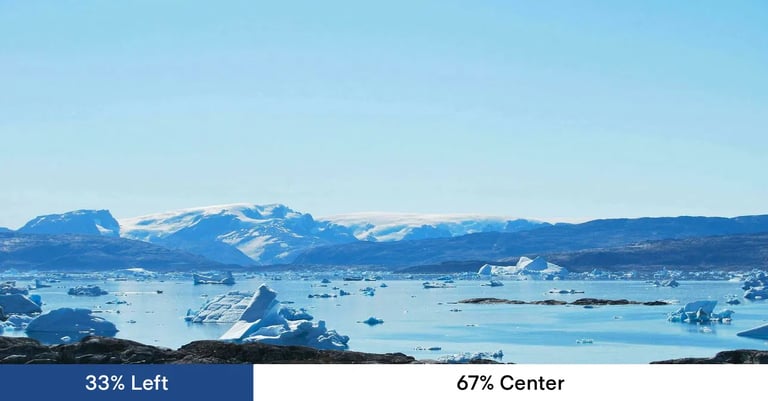NASA Unveils IceNode Robots to Study Antarctica's Melting Ice Shelves and Predict Sea Level Rise
September 2, 2024
The cylindrical robots measure 8 feet long and 10 inches in diameter, utilizing innovative software to navigate without traditional propulsion.
The warming of ocean water is a significant factor contributing to the erosion of ice shelves from below, a phenomenon that IceNode aims to study in detail.
NASA is advancing its efforts to combat climate change by developing autonomous underwater robots known as IceNode, designed to investigate ice melting beneath Antarctica's ice shelves.
These robots will play a crucial role in understanding the melting processes of ice shelves, which are vital for predicting sea level rise.
Equipped with sophisticated instruments, IceNode will track how warm, salty ocean water rises to melt the ice and how colder, fresher meltwater sinks.
IceNode's fleet is capable of operating for up to a year, continuously collecting data on seasonal changes before transmitting the information via satellite.
Recent analyses indicate that Antarctica's ice shelves have lost approximately 12 trillion tons of mass since 1997, a figure that is double previous estimates.
While the exact timeline for IceNode's deployment in Antarctica is still uncertain, the team is working towards a prompt launch.
JPL climate scientist Ian Fenty underscores the challenges of studying these remote areas and the innovative technology behind the IceNode robots.
Paul Glick, a lead engineer on the project, emphasizes that these robots will enable scientists to access hard-to-reach locations for valuable data collection.
Both IceNode and another system, Icefin, are essential for gaining insights into the dynamics beneath Antarctica's ice, despite their operational differences.
To enhance the effectiveness of AUVs like IceNode, a collaborative search method using a fuzzy regional importance model has been proposed to adaptively guide search strategies in dynamic ocean environments.
Summary based on 13 sources
Get a daily email with more World News stories
Sources

NASA • Aug 29, 2024
NASA JPL Developing Underwater Robots to Venture Deep Below Polar Ice - NASA
CNN • Sep 3, 2024
Meet NASA’s newest tool to fight climate change | CNN
